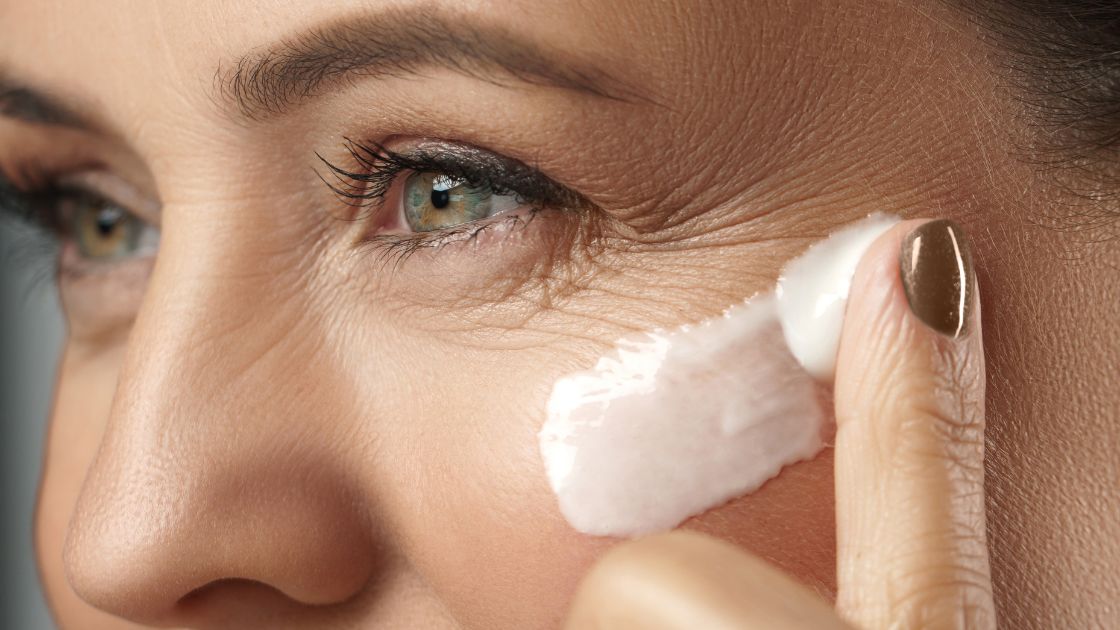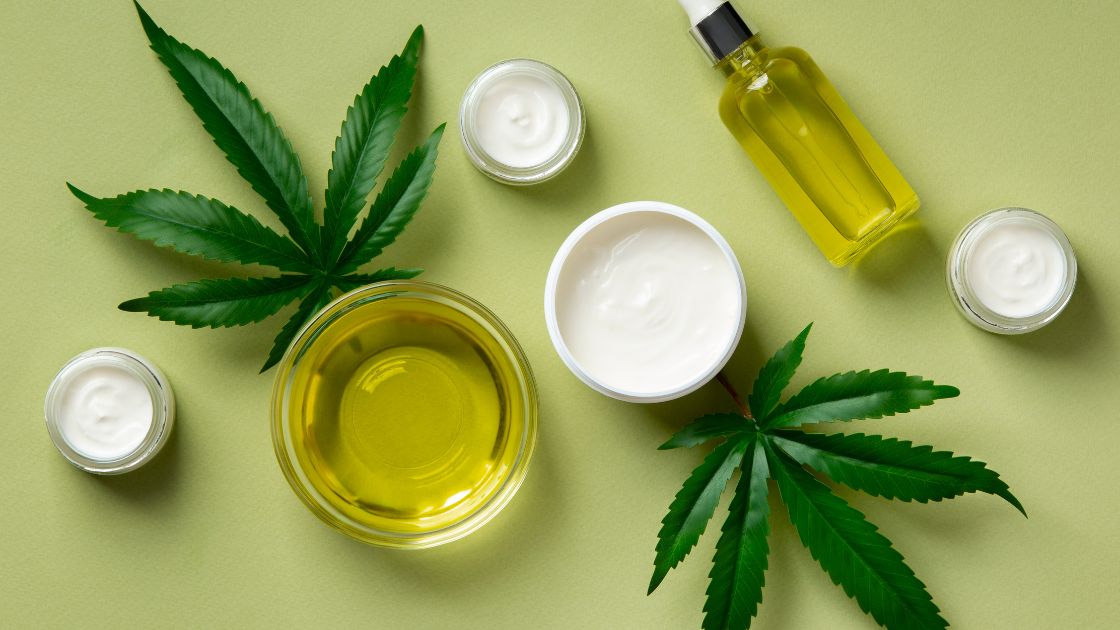Ageing is a natural process of life. One of the major organs in the human body that shows signs of ageing before any other is the skin. Along with these signs come various old-age skin problems. In Indian Ayurveda, treatments to combat these problems are mentioned and have been in practice for years. Knowing how to use these treatments and knowing the different types of old-age skin problems are essential to take proper precautions.
Old age skin problems: The science behind
Among the most obvious indicators of ageing are changes in the skin, like wrinkles and drooping. The number of cell layers in the skin does not change as an individual ages, but the epidermis, or the outermost layer of skin, thins. Melanocytes, or cells that contain pigment, become smaller in number. As a result, the size of the remaining melanocytes grows. Skin that is getting older seems thinner, paler, and transparent. In sun-exposed areas, pigmented patches, often known as "liver spots" or age spots, may develop. Lentigos is the medical word for these regions.
Changes in the connective tissue diminish the suppleness and strength of the skin. In sun-exposed places, it is more evident and referred to as solar elastosis. The weathered, leathery look that farmers, sailors, and people who spend a lot of time outside sometimes have is a result of elastosis. The dermal blood vessels deteriorate in fragility.
As you age, your sebaceous glands generate less oil. Men often see a slight decline after the age of 80. Oil production in women starts to decline progressively after menopause. Dryness and itching may come from the skin being more difficult to keep moisturised as a result. There is less cushioning and insulation when the subcutaneous fat layer thins. This makes it harder for you to regulate your body temperature and raises the possibility of skin injuries. In cold temperatures, you run the risk of developing hypothermia because you have less natural insulation.
Types of skin problems in old age

Those who wish to learn about Ayurvedic skin care remedies must understand the various old-age skin problems. According to Ayurveda, skin conditions fall into two primary categories: Mahakustha and Kshudrakustha.
Kshudrakustha speaks of "minor skin diseases," whereas Mahakustha speaks of "major skin diseases." The following are the eleven Kshudrakustha types and the seven Mahakustha types as per Ayurveda:
|
Types |
Known in Ayurveda |
Known as |
|
Kshudrakustha |
Darunaka |
Acne |
|
Pama |
Scabies |
|
|
Dadru |
Ringworm |
|
|
Indralupta |
Alopecia |
|
|
Kitibha Kustha |
Psoriasis |
|
|
Eka Kushta |
Mycosis Fungoides |
|
|
Alasaka |
Lichen Simplex |
|
|
Vipadika |
Eczema |
|
|
Charmadala |
Contact dermatitis |
|
|
Visphota |
Blister |
|
|
Sphota |
Erysipelas |
|
|
Mahakustha |
Vipadika |
Eczema |
|
Kushta |
Leprosy |
|
|
Kitibha |
Psoriasis |
|
|
Sidhma |
Lichen Planus |
|
|
Kotha |
Leucoderma/Vitiligo |
|
|
Charma Rakta |
Purpura |
|
|
Visarpa |
Herpes/Zoster |
Old age skin problems and ayurvedic treatments
It is significant to remember that the severity of the ailment and the individual's dosha constitution determine the course of Ayurvedic skin care. Skin conditions can be treated with herbal treatments, dietary adjustments, lifestyle modifications, and Panchakarma therapies in Ayurveda.
Panchakarma is an Ayurvedic skin care treatment. The goal of this traditional Ayurvedic skin care treatment is to restore harmony and balance to the body and mind through a series of detoxifying and rejuvenating procedures. For Twak Roga Nivarana Chikitsa or Ayurvedic treatment for skin disorders, panchakarma procedures are frequently advised. Ayurvedic skin care therapies using Panchakarma include the following ones, which are given below.
- Abhyanga: Warm-medicated ayurveda oils are used in a full-body ayurvedic oil massage to promote circulation, feed the skin, and eliminate toxins from the body. This ayurvedic skin care procedure can enhance skin texture, encourage relaxation, and assist in the balance of the doshas.
- Swedana: Swedana is an herbal steam bath that facilitates sweating by opening up the skin's pores. This Ayurvedic skin care product can assist the body in ridding itself of impurities, lessening inflammation, and even reducing skin tone.
- Vamana: Vamana is a therapeutic vomiting aid that helps the body rid itself of extra mucus and impurities. This therapy can support healthy skin, respiratory system clearance, and improved digestion.
- Virechana: Virechana is a purgation therapy that helps the body rid itself of toxins by using herbal laxatives. This therapy can support healthy skin, aid in liver and gallbladder clearance, and enhance digestion.
- Nasya: Nasya is the application of herbal oils or powders through the nose that can aid in sinus-clearing, respiratory health enhancement, and skin health promotion.
- Basti: It is an Ayurvedic skin care procedure that supports healthy skin, dosha balance, and better digestion. Medicated oils or herbal concoctions are used in the basti enema treatment to remove toxins from the colon.
The need for Ayurveda

Instead of only treating the symptoms of skin issues, Ayurveda seeks to determine their underlying cause. According to Ayurveda, the three basic energies or humors that control the body and mind are known as doshas. The three energies are vata, pitta, and kapha, and each individual has a different ratio of them. As old people suffer from a lot of issues and their immunity goes down day by day, with their age, Ayurveda is the best and safest choice for old age skin problems as it helps them to feel comfortable with fewer medicinal side effects.
Conclusion
The effect of Ayurveda in combatting old age skin problems is immense. It is crucial to remember that Panchakarma therapies must always be carried out under the supervision of a licensed Ayurvedic physician. They can assist in choosing the most appropriate course of action for a given person's needs and monitor their development over time. Vamana is mostly recommended for skin problems resulting from Kapha dominance. When it comes to skin conditions brought on by Pitta Dosha and Rakta Dhatu, vivechana and raktamokshana are also advantageous.
FAQs
1. Does Ayurvedic medicine have side effects?
Ayurveda uses medications that have some side effects, much like any other medicinal method. The fact that only natural ingredients are used in ayurvedic medications does not mean that these medications are without side effects.
2. What is the anti-ageing Ayurvedic treatment?
Herb-infused oils are utilised in Rasayana anti-ageing treatments to enhance skin health, circulation, and joint lubrication. A diet rich in healthful oils is also recommended. The kind and severity of a person's dryness symptoms will determine the suggested use of ghee (clarified butter), coconut oil, and sesame oil.
3. What are the most common Ayurvedic skin treatments?
Treatments for cleansing (shodhana) such as vamana (Emesis therapy), virechana (Purgation therapy), and Rakhtamoksham constitute the main treatment line for all kinds of skin problems. In addition, shamana oushadhis, or oral medicines, are also given for both therapeutic and preventive purposes.
4. Which plants from Ayurveda heal skin infections?
Using several natural herbs, such as tulsi, mulethi, ginger, cinnamon, aloe vera, neem, garlic, and turmeric, can help you get rid of fungus organically.
5. Does Ayurveda treat skin conditions?
There are several ways to employ Ayurvedic skin care products, including masks, facials, herbal formulations, and detoxifications. Numerous skin conditions, including acne, eczema, psoriasis, rosacea, wrinkles, dry skin, oily skin, and uneven skin tone, can be treated and resolved with Ayurvedic skin care.






